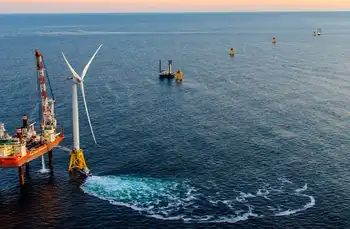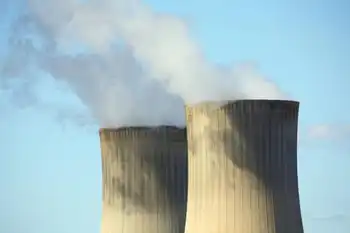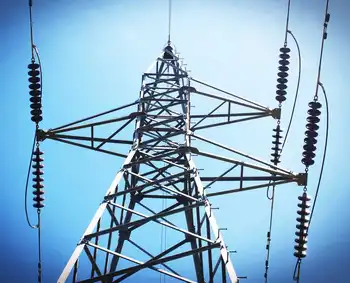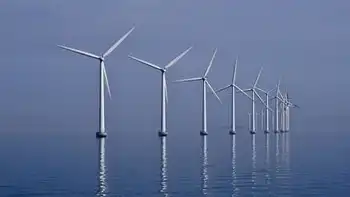France to tender for 600 offshore turbines
By Industrial Info Resources
High Voltage Maintenance Training Online
Our customized live online or in‑person group training can be delivered to your staff at your location.

- Live Online
- 12 hours Instructor-led
- Group Training Available
France is unlike many other European countries in that, despite an extensive coastline, it does not have any offshore windfarms. The new tender is expected to create investments of up to 10 billion euros US $12.7 billion, based on an expected 3,000 MW of generating capacity at a cost of about 3.5 million euros US $4.4 million per MW.
Between five and 10 sites throughout the country are under environmental consideration by the French government, which expects the projects to have a total of about 600 wind turbines. Each project will be evaluated individually to determine engineering costs so that electricity prices for the power produced can be sold to French utility companies. The first turbines are not expected to begin producing electricity until 2015.
One of the expected bidders is renewable energy specialist EDF Energie Nouvelles SA, although the CEO David Corchia said, "We will be very careful because there are a lot of ways to lose money on offshore projects."
GDF Suez SA, through subsidiary La Compagnie du Vent, is seeking to complete the 705-MW Deux-Côtes windfarm, which is offshore of Le Treport. When completed, the facility will be France's first windfarm.
The Deux-Côtes project, which is scheduled for completion in 2014, is currently undergoing environmental impact assessment. The 1.8 billion euro US $2.27 billion windfarm will include 141 wind turbines, each with a generating capacity of 5 MW.
Although the country has strong potential for wind-generated electricity, France currently produces only 2,455 MW from wind power, compared with Spain's 15,000 MW and Germany's 20,000 MW. The government is hoping that the new tenders will add 6,000 MW of offshore wind-generated electricity by 2020.
Nuclear power remains by far the largest source of electricity in France, with about 78 of the country's power coming from nuclear power plants. The French government continues to proceed with new nuclear plant builds, mainly using the European Pressurized Reactor EPR models, with the latest plant under construction in Flamanville planned to begin commercial operation in 2013. A further EPR at Penly, near Dieppe, is scheduled for grid connection by 2017. Each of these will have a nominal generating capacity of 1,620 MW.











